Brochure: Disinfection by-products in drinking water
PDF Version (146 KB, 1 page)
Chlorine is the most commonly used drinking water disinfectant. It has been used to disinfect water and make it suitable for drinking for more than 100 years.
Chlorine has nearly eliminated diseases like typhoid fever, cholera and dysentery in Canada.
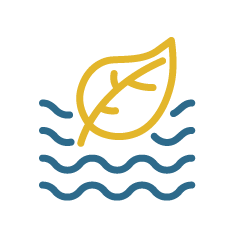
Disinfection by-products called trihalomethanes (THMs) and haloacetic acids (HAAs) form naturally when chlorine combines with organic matter like leaves or other vegetation in water
What you should know
If levels of disinfection by-products in your water are higher than recommended:

It takes many years of exposure to put your health at risk
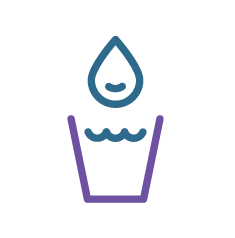
You can be exposed by drinking affected water, bathing in it or breathing in steam produced by showering or any other activity that generates steam in an enclosed space
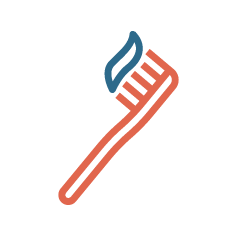
You don't have to stop using tap water. You can still brush your teeth, wash fruits and vegetables, use tap water to prepare foods and wash dishes and clothes
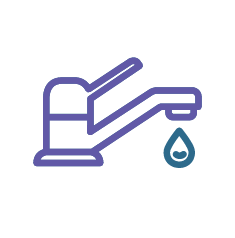
The benefits of disinfecting drinking water with chlorine are much greater than the potential health risks of being exposed to higher levels of disinfection by-products
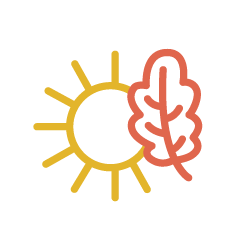
THM and HAA levels tend to increase in summer and fall
To reduce your exposure, you can
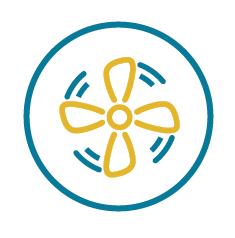
Ventilate the bathroom when bathing or showering
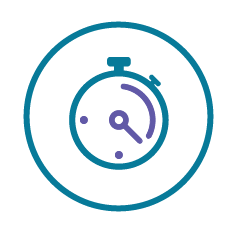
Take shorter baths, less than 30 minutes or showers, less than 10 minutes
Spend only a short time in any activity that generates steam in an enclosed space
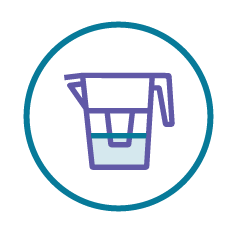
Use a pour-over filtration water pitcher for drinking
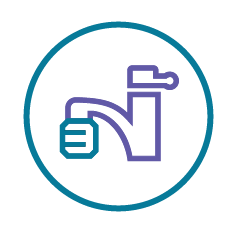
Install a filter on your faucet or under your sink
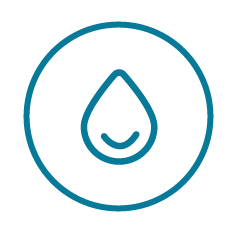
Consider using water from another source